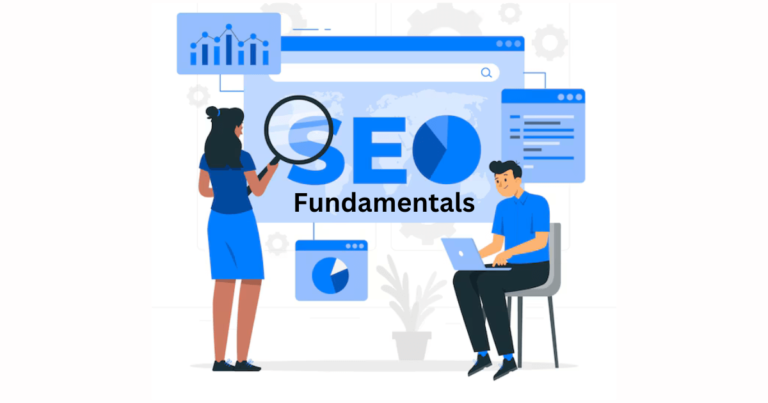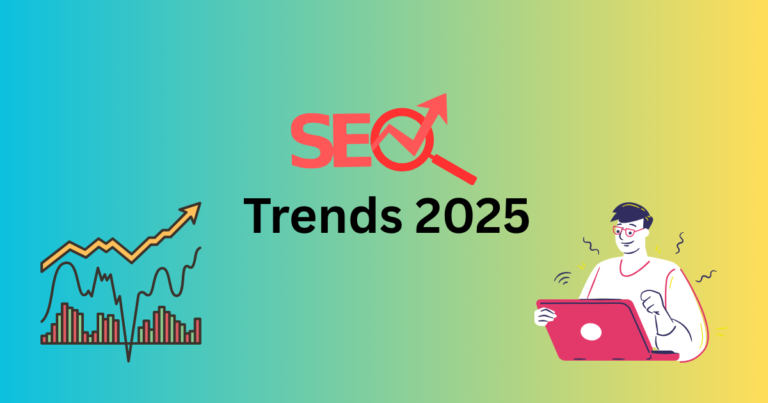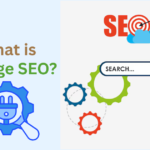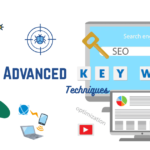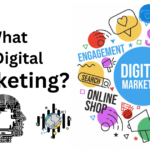Introduction
Search Engine Optimization (SEO) is the backbone of digital marketing, driving organic traffic, improving visibility, and boosting conversions. Among the various facets of SEO, what is on-page SEO? It stands out as a critical component that directly influences how search engines perceive and rank your website.
What is on-page SEO? It refers to the optimization of individual web pages to improve their search engine rankings and attract relevant traffic. This guide dives deep into on-page SEO best practices, advanced techniques, and actionable tips to help you optimize your website effectively in 2025. Whether you’re a beginner or an experienced marketer, this comprehensive guide will equip you with the knowledge to dominate search engine results pages (SERPs).
What Is On-Page SEO?
On-page SEO involves optimizing elements on your website to improve its visibility and relevance for specific keywords. On-page SEO is completely under your control, in contrast to off-page SEO, which concentrates on outside variables like backlinks.
Table of Contents
Key Components of On-Page SEO
1. Content Creation: High-quality, relevant content that aligns with user intent.
2. Title Tags: HTML elements that define the title of a webpage.
3. Meta Descriptions: Short summaries that appear below the title in SERPs.
4. Header Tags (H1, H2, H3): Used to structure content for better readability.
5. URL Structure: Clean, descriptive URLs that include target keywords.
6. Image Optimization: Compressed images with descriptive alt text.
On-page SEO is a cornerstone of site SEO, ensuring that search engines can crawl, index, and understand your content effectively.
Why On-Page SEO Is Important
On-page SEO is vital for several reasons:
1. Search Engine Rankings: Properly optimized pages rank higher in SERPs, driving more organic traffic.
2. Improved User Experience: Well-structured content and fast-loading pages enhance user satisfaction.
3. Search Intent Alignment: Content that matches user intent increases engagement and reduces bounce rates.
4. Dual Optimization: On-page SEO ensures your content is optimized for both search engines and users.
5. Higher Click-Through Rates (CTR): Compelling title tags and meta descriptions attract more clicks from SERPs.
By focusing on on-page SEO, you create a seamless experience for both users and search engines, leading to better rankings and increased traffic.
On-Page SEO Best Practices
To master on-page SEO, follow these best practices:
1. Target Keywords: Conduct thorough keyword research and strategically place keywords in titles, headers, and content.
2. Title Tags: Create unique, keyword-rich titles under 60 characters to improve visibility.
3. Meta Descriptions: Write compelling meta descriptions under 160 characters to entice users to click.
4. Header Tags: Use H1 for main headings and H2/H3 for subheadings to structure content.
5. Internal Linking: Use descriptive anchor text to link to relevant pages within your site.
6. Mobile Optimization: Ensure your site is responsive and provides a seamless experience on all devices.
7. Page Load Speed: Optimize images, enable caching, and minimize code to improve loading times.
On-Page SEO Keyword Density
Keyword density refers to the percentage of times a keyword appears on a page relative to the total word count. While there’s no magic number, aim for a natural keyword density of 1-2%.
Best Practices for Keyword Usage:
- Include the primary keyword in the title, first 100 words, and headers.
- Use synonyms and related terms (LSI keywords) to avoid keyword stuffing.
- Focus on readability and user intent rather than overloading content with keywords.
On-Page SEO Guide for 2025
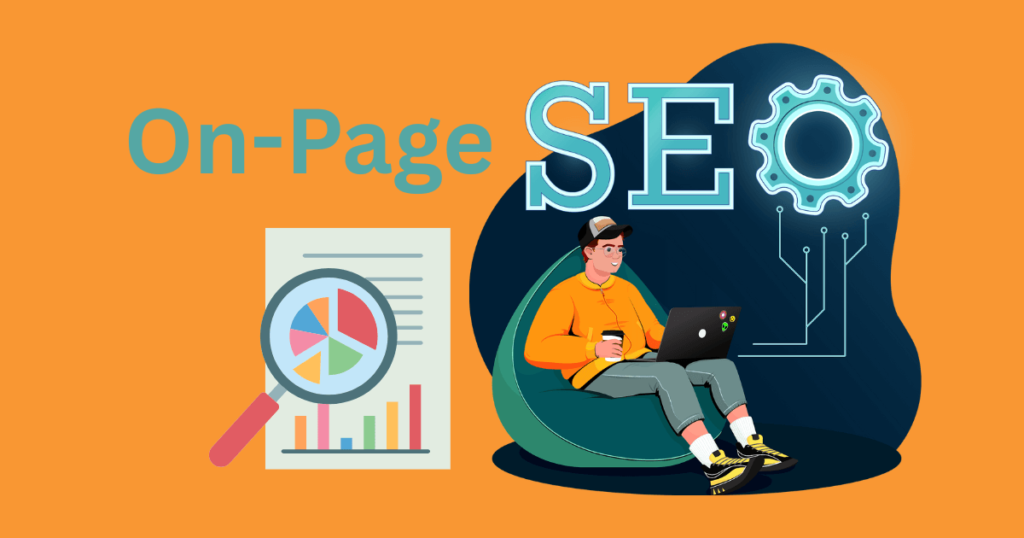
As search engines evolve, so do on-page SEO strategies. Here’s what to focus on in 2025:
1. Core Web Vitals: Prioritize loading performance, interactivity, and visual stability for better user experience.
2. Voice Search Optimization: Optimize for conversational keywords and FAQs to cater to voice search queries.
3. Featured Snippets: Use schema markup and concise answers to target position zero in SERPs.
Advanced On-Page SEO Techniques
Take your on-page SEO to the next level with these advanced techniques:
1. Content Clusters and Pillar Pages: Create comprehensive pillar pages and link them to related subtopics for better topical authority.
2. Latent Semantic Indexing (LSI): Use LSI keywords to provide context and improve content relevance.
3. Schema Markup: Implement structured data to enhance SERP visibility with rich snippets.
4. User Engagement: Focus on metrics like time on page and session duration by creating engaging, high-quality content.
How to Optimize On-Page SEO
Optimizing on-page SEO requires a combination of technical and creative efforts:
1. Technical SEO: Ensure clean URLs, use canonical tags, and fix crawl errors.
2. On-Page SEO Audit: Regularly audit your site to identify and fix issues.
3. Image Optimization: Compress images and use descriptive alt text for better accessibility and faster loading.
4. Improve CTR: Craft compelling title tags and meta descriptions to stand out in SERPs.
How to Do On-Page SEO Step by Step
Follow this step-by-step guide to optimize your on-page SEO:
1. Keyword Research: Use tools like Google Keyword Planner or Ahrefs to identify target keywords.
2. Content Creation: Write high-quality content that addresses user queries.
3. Title & Meta Tags: Optimize titles and meta descriptions for SEO and user appeal.
4. URL Structure: Create short, descriptive URLs with relevant keywords.
5. Optimize Headers: Use header tags to structure content logically.
6. Internal Linking: Link to related pages using descriptive anchor text.
7. Mobile-Friendly & Speed: Ensure your site is mobile-responsive and loads quickly.
On-Page SEO Checklist 2025
Use this checklist to ensure your on-page SEO is on point:
- Content Optimization: High-quality, keyword-rich content aligned with search intent.
- SEO Elements: Optimized title tags, meta descriptions, and headers.
- Mobile Optimization: Responsive design and seamless mobile experience.
- Linking Strategy: Effective internal linking with proper anchor text.
- Page Speed: Fast loading times tested with tools like Google PageSpeed Insights.
How to Improve On-Page SEO
Continuously improve your on-page SEO with these tips:
1. SEO Audits: Regularly audit your site to identify and fix issues.
2. Content Updates: Keep content fresh and aligned with current search trends.
3. Improving CTR: Test and optimize title tags and meta descriptions for better click-through rates.
4. User Experience: Focus on UX design to ensure a smooth experience for users and search engines.
Conclusion
On-page SEO is a powerful tool for improving your website’s visibility, user experience, and search engine rankings. By following the best practices, advanced techniques, and optimization tips outlined in this guide, you can stay ahead of the competition in 2025.



